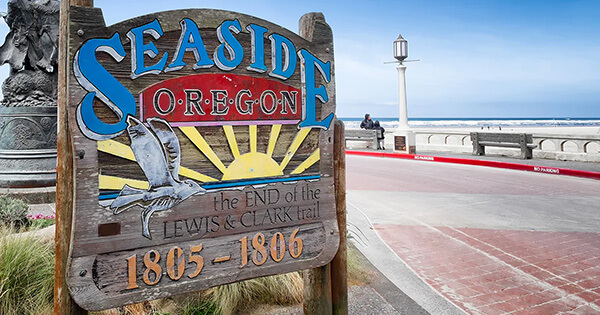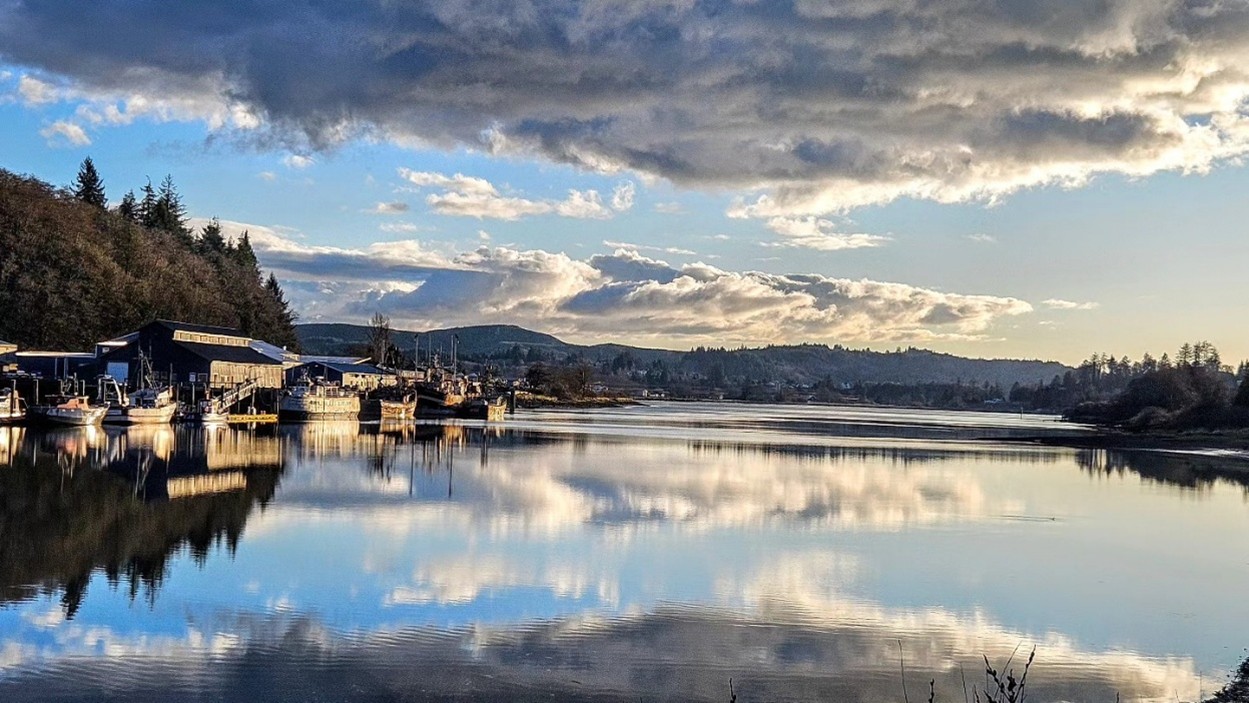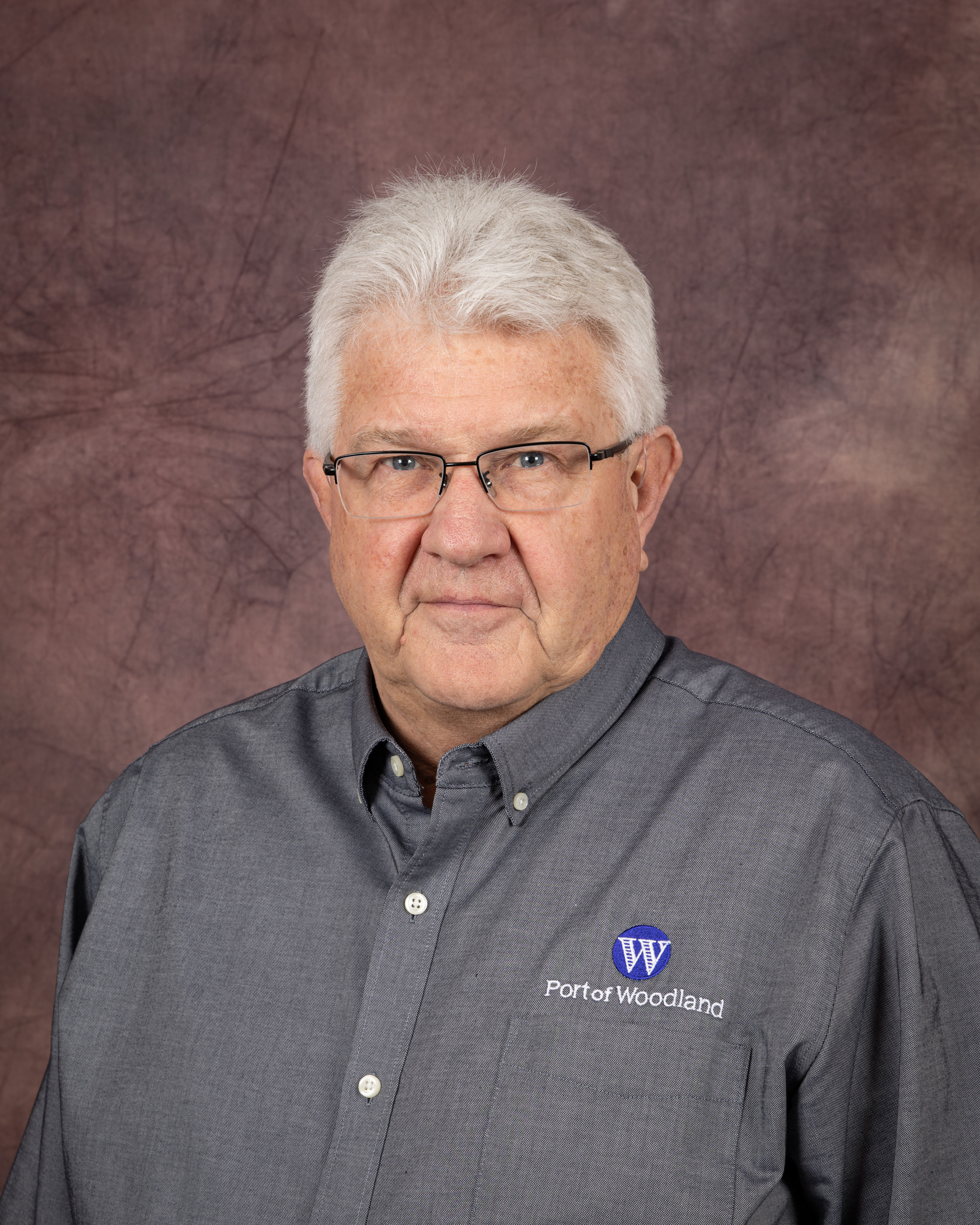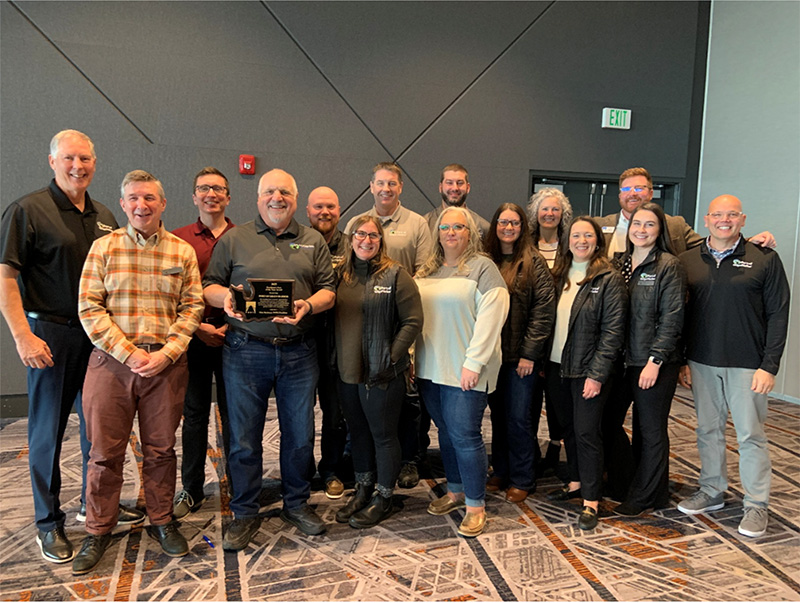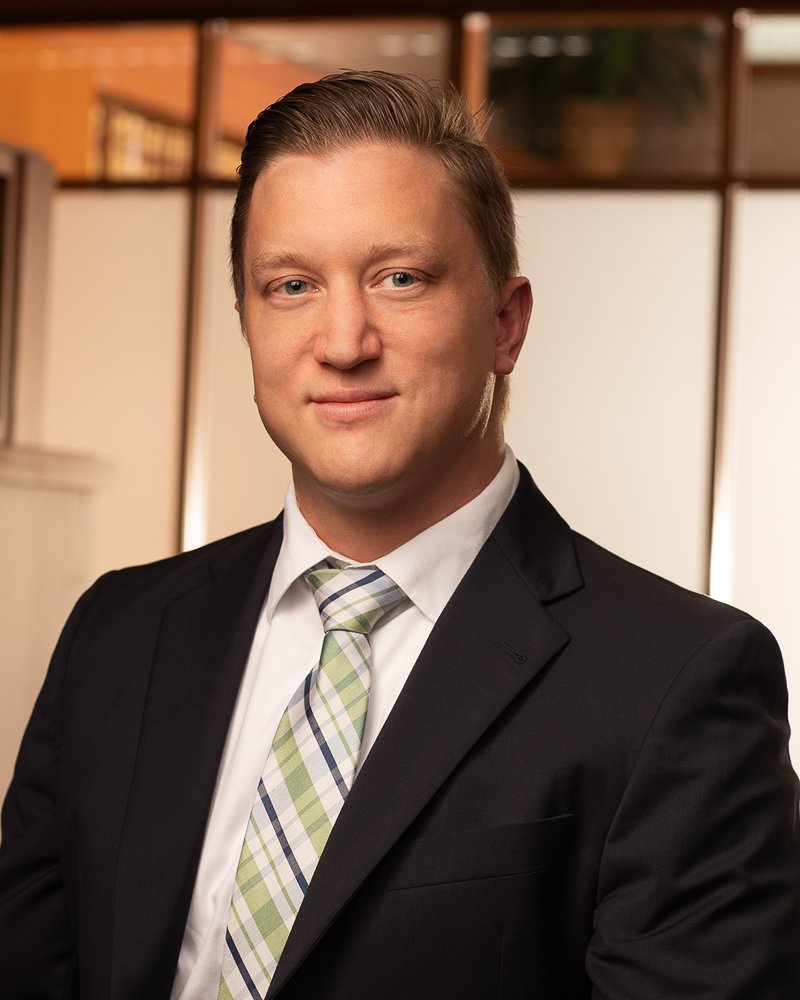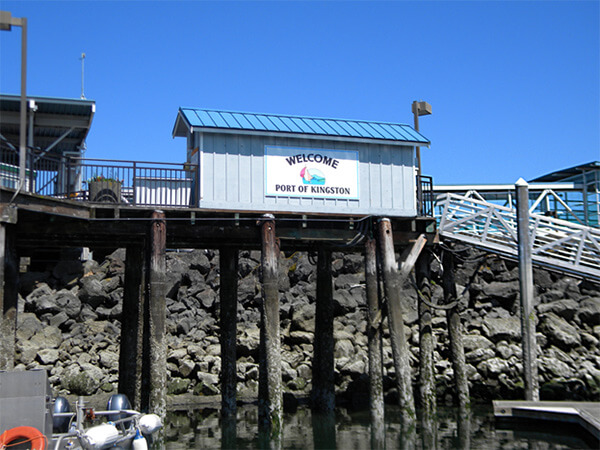By James Cockburn, WPPA Government Relations Manager
In September, I had the privilege of attending the Pacific Coast Congress (PCC) of Harbormasters and Port Managers Fall Conference in Seaside, Oregon. As someone still relatively new to the port industry, and marinas in particular, I found the experienceboth eye-opening and energizing.
The conference is designed to bring together marina and harbor professionals from across the Pacific Coast to share ideas, strengthen connections, and learn from one another. Washington was very well represented, with attendees from the Ports of
Bellingham, Brownsville, Everett, Grays Harbor, Ilwaco, Kingston, Peninsula, and Poulsbo. Seeing so many of our members in one place reinforced for me how broad and diverse our state’s maritime industry is, spanning everything from destination
waterfronts to small-scale commercial fishing marinas.
The program was packed with sessions that provided both big-picture perspective and practical insights. Early on, Connie Sullivan of Oregon State University led From Docks to Digital: Effective Marina Communication Strategies. She spoke about how marina staff can better connect with boaters through tools like newsletters, social media, and face-to-face interactions. Coming from a government relations background, I found it fascinating to see how effective communication in marinas requires similar levels of clarity, expertise, and a passion for public service.
Another memorable session was Profit, Protect, and Please: Thriving in the New Era of Marina and Boat Rental Operations. Brent Wierson from Storable Marine explained how technology is reshaping the marina management ecosystem and how operators are adapting to meet shifting customer expectations. For me, this highlighted how innovation in marina operations parallels broader trends in customer service across many industries.
The Call of the Ports segment was especially valuable. Hearing directly from port professionals about their successes and struggles reminded me that while each community is unique, many of the challenges are shared. Whether it is financing new
infrastructure, meeting safety standards, or finding creative ways to engage the public, the stories gave me a deeper appreciation for the scope of work our members manage every day.
I also appreciated the virtual presentation by the Association of Marina Industries. Merritt Alves and Eric Kretch outlined federal legislative developments, educational resources, and training opportunities. Given the difficulties of running marina operations, I was encouraged to see how many professional development pathways exist for those working in this field.
Technical sessions later in the conference dug into topics such as marina electrical systems, financial planning, and market trends. Chris Dolan’s talk on electrical infrastructure underscored the complexity of systems that many boaters take for granted. Paul Sorenson’s economic analysis in Charting Economic Waters gave ports a roadmap for making informed decisions in a volatile market.
By the third day, the conversation shifted toward resilience and future planning. A panel on Building Tomorrow’s Marinas featured our own Kate Anderson from the Port of Everett. The discussion about financing, design, and sustainability strategies drove home the point that building smarter and greener marinas requires both technical expertise and strong collaboration.
Washington voices were also prominent in Marina Activation: Transforming Harbors into Economic Engines. Molly Bold from the Port of Grays Harbor and Kevin Coleman from Bellingham Sea Feast shared how their work connects ports to broader community and cultural life. It was a good reminder of how directly ports can drive local economic development, not just through infrastructure but also through events, partnerships, and creative programming.
Of course, not all the value came from the sessions themselves. Networking breaks and evening receptions created opportunities for conversations that were often just as meaningful as the formal presentations. For me, these moments were a chance to hear candidly from member port staff about what keeps them up at night and the elements of their work of which they are most proud.
After attending this conference, I came away with a stronger appreciation for the technical expertise, community leadership, and creative problem-solving that our members bring to their work every day. I am especially grateful to our members who attended, contributed, and made clear that Washington is helping to lead the conversation on the future of marinas.
